8 Toxic Cleaning Products You Need to Replace
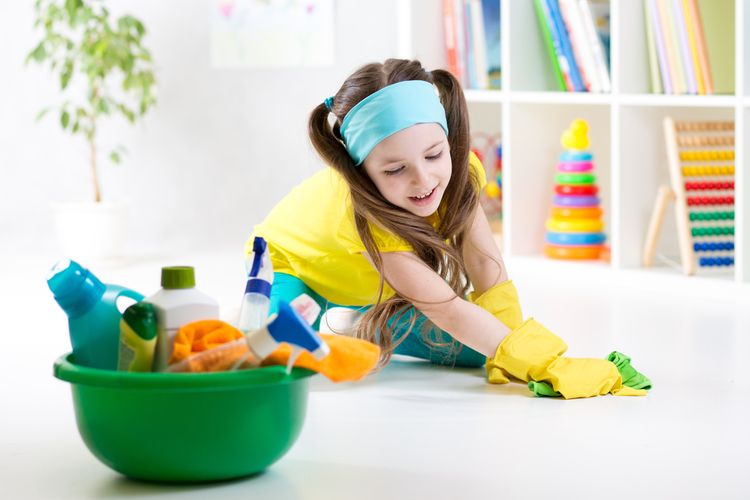
You’d figure that consumer safety regulations have your back, right? In reality, companies that develop household products have very few labeling requirements and don’t need to disclose their ingredients. For chemicals in non-edible consumer goods, the motto is ‘innocent until proven guilty.’ The Toxic Substance Control Act is structured so that there must be solid proof of a new chemical’s negative effects on human health or the environment in order to regulate it.1
In 1995, The National Toxicology Program concluded that somewhere between 5% and 10% of all chemicals in production could be expected to be carcinogenic in humans. That’s 4,000 to 8,000 different chemicals, almost all of which remain unregulated.2
It’s been demonstrated time and time again (think DDT and BPA) that just because a chemical doesn’t have immediate negative health effects doesn’t necessarily mean it’s safe in the long term. Cancer, birth defects, and many other adverse health symptoms could be delayed over a lifetime or even passed on epigenetically (the influence of environmental factors on gene expression), affecting your children’s children.
Health advocate Mark Sisson says, “The chemicals we so liberally spray, wipe, spread, and apply present an unnecessary risk. With so many effective, cheaper alternatives out there, it just makes sense to choose safer options.”3
When it comes to deciphering the safety of cleaning products, you should be the one determining the regulations for you and your family.
We’re beings that are designed to interact with our natural world. There are a multitude of complex pathways that allow our biology to converse with its environment. However, when you throw synthetically-derived chemicals and other questionable substances into the equation, it becomes difficult for our bodies to navigate. Here are a few ways in which toxic chemicals begin to engage with our biochemistry:
Skin is often thought of as a barrier between you and the outside world, but that’s just not accurate, as you’ve learned by now. Yes, it serves to protect you, but it’s also a permeable membrane that’s designed to both absorb and excrete.
Your skin doesn’t have a perfect filtration system that is able to discriminate against toxic chemicals. Chemicals in cleaning products can be readily absorbed through it, at which point they have access to your entire body.
Another way that they gain access to your internal environment is through the respiratory system. Aerosols and other cleaning sprays can leave trace particles in the air that oxidize into harsh pollutants. The confined nature of indoor space matched with a lack of ventilation can lead to high levels of these toxins lurking in the air, which can contribute to breathing problems, asthma, or a compromised immune system.
One of the most significant systems that can be affected is the endocrine system, which regulates our hormones. These vital substances act like messengers within our bodies. They’re responsible for taking external cues from the environment and sparking the body into action. Everything from sleep to weight gain can be influenced by hormones.
Many chemicals have been known to mimic certain hormones (molecular mimicry), which can cause your body to get its signals crossed. This can lead to a wide range of symptoms that are hard to trace, as they often take time to manifest into disease. It sometimes takes years or even decades to connect a specific chemical with a hormonal effect.
Onto the list…
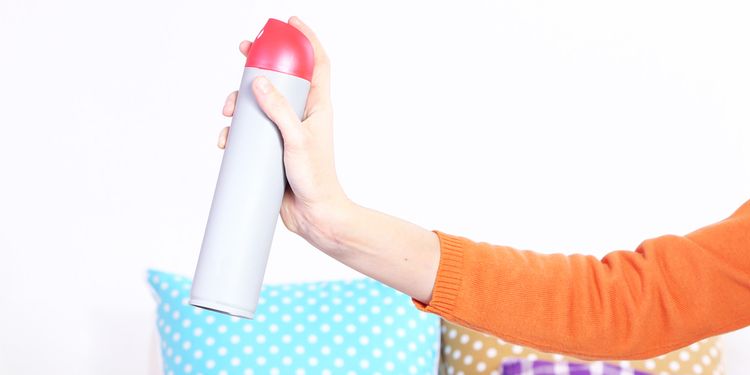
1. Air Fresheners
When it comes to freshening up your home, you may want to reconsider using air freshener altogether. Even the most “natural” air fresheners are some of the worst culprits when it comes to unsafe ingredients. Watch out for some of these ingredients in other types of surface cleaners or disinfectants as well.
Fragrance: There are thousands of chemicals that can fall under the category of “fragrance.” This is one way for companies to sneak toxic ingredients (many of which are classified as hazardous by law) into their products without alerting the consumer. Most of these chemicals contain volatile organic compounds (VOCs) that are known to have adverse health effects, especially when released into the air.4
Phthalates: This is one ingredient that can be found in “fragrance.” These are known endocrine disruptors and are linked to premature birth, male feminization, and infertility in men.5,6
Aerosol/Sprays: According to one report, 20 million people suffer from asthma in the US—a number that has increased steadily in the past few decades. When products are sprayed indoors, they oxidize and cause a chemical compound that is essentially smog, which is known to cause breathing conditions.7,8
Alternatives: Nothing beats the essential oils of real herbs and plants. You can find wide ranges of different types, from sweet citrus to earthy scents, at your local health food store. Make sure they’re 100% essential oils and nothing else. Find a few that you like and dilute a few drops in a spray bottle of distilled water. Cinnamon, mint, and tea tree are a few that make great bathroom deodorizers.
Baking soda can also be used to absorb foul smells. Simply leave an open box in the fridge or sprinkle it over an area, let it sit for an hour or so, and then vacuum. Many houseplants are known to provide air filtration. According to NASA, rubber plants, English ivy, peace lilies, spider plants, and members of the Philodendron and Dracaena family are the best at filtering toxins from indoor spaces.46
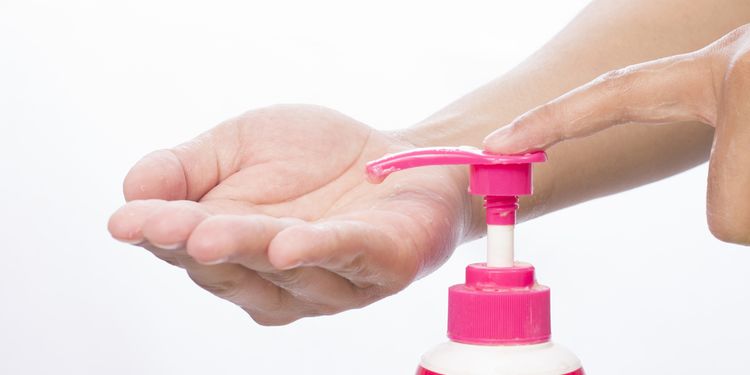
2. Antibacterial Products
More and more research is bringing to light the fact that our obsession with obliterating germs may actually be doing more harm than good. Our attempts at decimating bacteria are disrupting the microbiome, creating resistant strains and compromised immune systems. Many of the chemicals involved with these products pose additional health and safety risks. Check things such as dish soap, disinfectant sprays/wipes, bathroom cleaner, and other surface cleaners for the following ingredients:
Triclosan: This is a biocide that works by deactivating an enzyme in cell walls, and has been shown to lead to resistant mutations in bacteria otherwise known as “superbugs.” You could very well be creating a robust army of bacteria that eventually marches right through and gets you much sicker than its weaker counterparts.
Under some conditions, triclosan is also able to convert into dioxin, which is one of the deadliest known pollutants. In addition, it may also pose toxicity issues for the immune system and sensory organs.9 Triclosan sometimes goes by the name Microban and can be found in everything from cleaning products to clothes and children’s toys.
Quaternary Ammonium Compounds: Another substance shown to create resistant bacteria, QAC has also been found to have toxic effects on marine habitats. It’s associated with asthma in humans and possible birth defects in rodents.10,11
Alternatives: There are plenty of simple alternatives that serve as effective disinfectants: alcohol, hydrogen peroxide, vinegar, or hot water and soap. Some essential oils (neem, lemon, oregano, helichrysum, and tea tree (melaleuca)) are also known to have antibacterial effects.
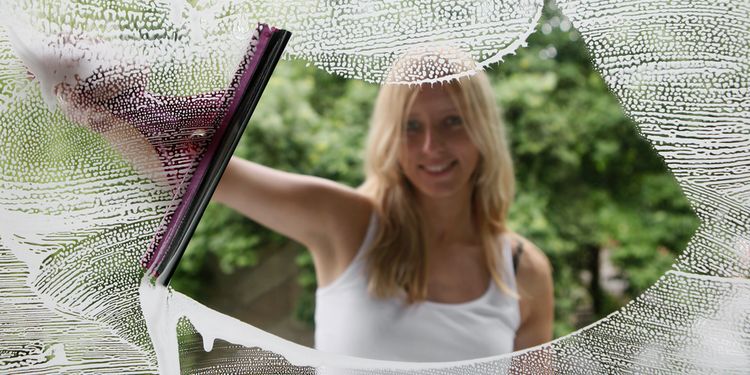
3. Glass Cleaners
It’s a good idea to keep an eye on the ingredients in all the surface cleaners you use, but glass cleaner is going to be the one you want to tackle first. In order to capture the streak-free shine, companies add solvents that cause chemicals to evaporate rapidly.
Once evaporated, these compounds are able to easily enter your respiratory system and can cause damage to the lungs and other organs. They can also stay in the air for extended periods of time when used indoors. Products like Windex and even some seemingly natural products like Simple Green have been known to include some pretty nasty stuff, such as:
2-butoxyethanol: This is a solvent that is responsible for the smell in many glass and other surface cleaners. It’s a confirmed carcinogen in animal studies, and prolonged exposure is linked to liver and kidney damage. It’s most toxic to the circulatory (cardiovascular) system and can even induce anemia.13,14
Ammonia: Repeated exposure can cause chronic bronchitis and contributes to asthma. Ammonia is also known to interact with other chemicals in the air and increase the amount of harmful indoor pollutants.1
Alternatives: Dilute rubbing alcohol or vodka with water. Alcohol is a helpful addition because it evaporates quickly to avoid streaking. You can even add a few drops of essential oils to give it a more pleasant scent! Vinegar-based solutions also work well. Puracy 100% Natural All Purpose Cleaner is a simple and all-natural cleaning concentrate that is very effective on many surfaces, including glass.
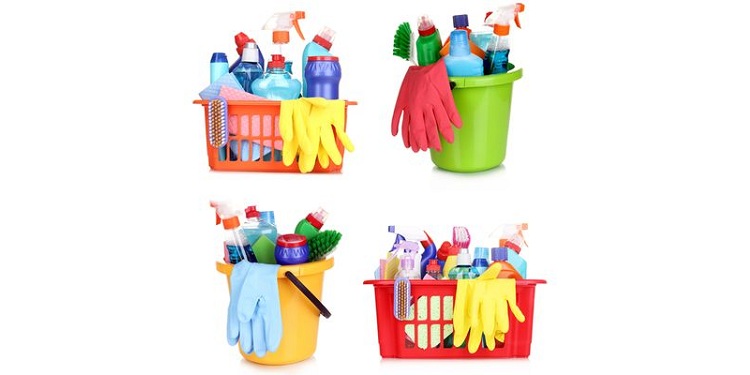
4. Bathroom Cleaners
Walk into any major grocery store and you’ll see there’s practically an entire aisle dedicated solely to cleaning products for your bathroom. We have this impression that anything involving bodily functions must be the dirtiest place in the house, so it automatically requires a cleaning product with extra kick.
The reality is that bacteria might take up more real estate on our cell phones than on our toilets or the kitchen sink. You might want to reconsider the need for dousing these extra-strength chemicals in your bathroom and think instead about swapping them out for something a little less intense.
Bleach: A generic term for any compound that whitens and often disinfects and is ubiquitous in bathroom cleaning agents. What we commonly think of as “bleach” is actually a combination of chemicals. A few that pose problems are chlorine and hypochlorites. These two inorganic compounds are found in most commercial products that claim to contain “bleach.”
Chlorine: From chemical warfare to drinking water, this is one of the most prevalent chemicals used in our modern world. Chlorine mixed with other cleaners has also been known to create extremely toxic gases and cause acute poisoning, while long-term exposure can lead to pulmonary disease. In rats, chlorine has been shown to interact with the thyroid, which can lead to symptoms ranging from behavioral change to weight gain.16,17,18 Avoiding chlorine in the environment is almost impossible, so why not remove it when and wherever you can?
Sodium Hypochlorite: Known to generate halogenated VOCs when evaporated, sodium hypochlorite can lead to the formation of highly toxic compounds, many of which are carcinogenic (and some even banned by the FDA).19
Sodium Hydroxide: Found in drain cleaners, this is a highly corrosive chemical also known as lye. If inhaled, it can corrode the lungs and other internal organs and even prove fatal.20
Many bathroom cleaners are a cocktail of chlorine in addition to many of the other toxins we’ve discussed so far, including fragrance, triclosan, and 2-butoxyethanol. On top of that, some of these products come in aerosol form, which gives them a one-way ticket straight to your respiratory system.
Alternatives: Consider alternatives that work well, especially when you throw a little bit of elbow grease into the mix, such as Bon Ami or a combination of vinegar and baking soda. If you’re not in a pinch for a fast solution, soak lemon rinds in vinegar for 5-7 days and combine the mixture with distilled water into a spray bottle. It makes a nice-smelling but potent surface cleaner. Hydrogen peroxide is another option. Even though it’s technically considered a bleach due to some of its properties, it’s still a much less risky choice.
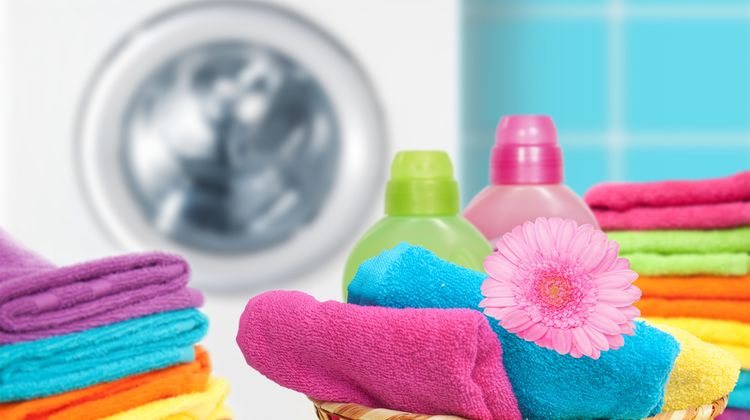
5. Laundry Products
You spend a good portion of your life either in clean clothes or sleeping between clean sheets, so it’s reasonable to assume that you come into contact with these products perhaps more than any other on this list. Detergents, fabric softeners, spot removers, and dry cleaning agents are a few serious offenders when it comes to toxicity.
Formaldehyde: Detergents are known to sneak this ingredient in under the name “formalin.” It’s classified as a human carcinogen that causes nasopharyngeal cancer and possibly leukemia.21 It’s also known as a neurotoxin that can affect mood, behavior, and memory.22
1,4-dioxane: This is a known carcinogen, but because it’s a by-product of other chemical production, it isn’t required that companies put it on the label.23,24
Perchloroethylene: Also called “Perc,” this toxin is a common ingredient in spot remover and dry cleaning agents. It’s been linked to kidney disease, liver disease, breast cancer, birth defects, and miscarriages.25,26,27
Laundry detergents are extremely toxic if ingested and are responsible for more poisonings than any other cleaning product. If you have a young child, make sure these items are far out of reach.28
Alternatives: Soap nuts, castile soap, or a laundry ball are a few options for those who want to go detergent-free. Seventh Generation and The Honest Company offer safer laundry detergent options with relatively high health ratings. Make sure to look for fragrance-free or those scented with essential oils.
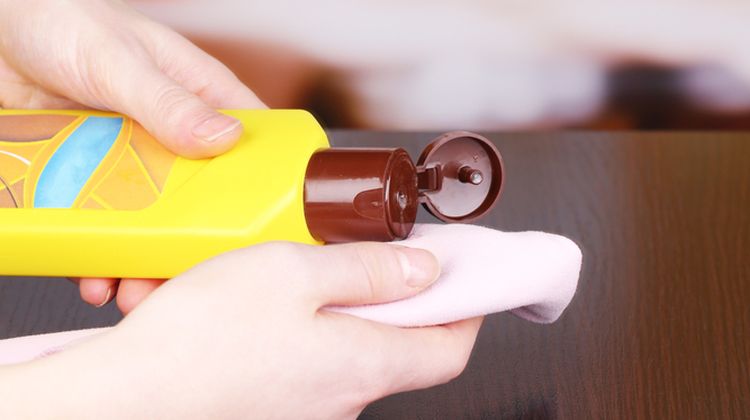
6. Furniture Polish
Most of the ingredients found in your common furniture polish are petrochemicals, meaning they’re derived from petroleum. Nose and throat irritation, eye damage, liver and kidney problems, birth defects, lung tissue damage, and nervous disorders are all associated with the regular use of furniture polish.30
By eliminating these products, you’re not only aiding your health but also having a positive impact on sustaining the environment.
Phenol: This petroleum byproduct is derived through the distillation of coal tar. It’s readily found as an environmental pollutant, where it’s linked to incidences of low fertility and inhibited growth. When we’re exposed to it through furniture polish (especially aerosols), it can be absorbed into the lungs and skin very quickly. In humans, phenol can be fatal in large doses and is also a possible tumor promoter.31,32
Nitrobenzene: Another common additive, nitrobenzene is shown to be carcinogenic in animals. In epidemiological studies in humans, it has been related to diseases that affect the bone marrow.33
Diethylene Glycol: Added to polish to serve as a solvent, this toxin can be readily absorbed in the same way as phenols. Long-term exposure has been linked to birth defects and infertility in men. Large quantities can also cause kidney failure and miscarriage.34,35
Alternatives: Instead of using these chemicals, mix a little bit of lemon juice with olive oil and apply lightly to wooden surfaces with a cloth. You can experiment with a few different kinds of oils (coconut, almond, or jojoba, to name a few) for different qualities and scents. Unlike synthetic products, using real oils helps to moisturize your wood surface rather than just applying a fake shiny coat.
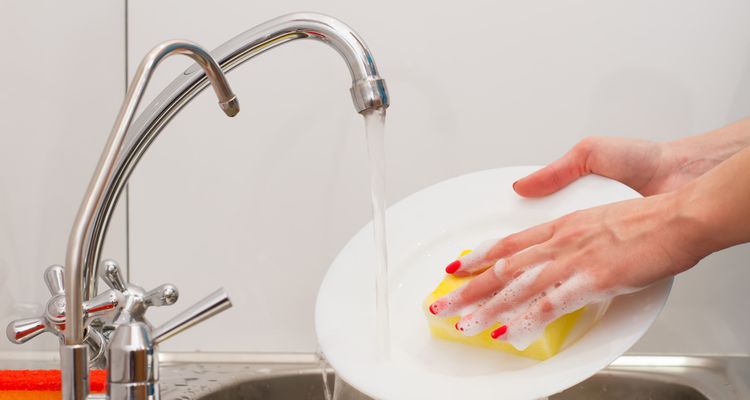
7. Dishwashing Liquids
Dishwashing liquids contain at least one, if not more, of the ingredients we’ve discussed so far (triclosan, chlorine, sodium hydroxide, and ammonia).
Trying to figure out what else is in these products can be quite the undertaking. The ambiguous ingredient list (or the elimination of it entirely) might make you feel like somebody’s hiding something. Ingredients such as solvents, preservatives, and colors are similar to “fragrance” in that they encompass a wide range of mysterious chemicals.
Surfactants: Take a look at your average bottle of Dawn and this is the only ingredient you’ll find. Surfactants serve as the main ingredient in dish soaps and liquid detergents. It gives them their grease-cutting properties. This broad term can encompass any of a number of toxic petroleum-derived chemicals. Here are just a few that fall under this category:
- Lauryl and Lauryl Ether Sulfates: Known skin irritants, these sulfates can contain 1,4-dioxane as a byproduct.36,37
- Coco-diethanolamide and Coco-amidopropyl Betaine: Often deemed as a natural alternative derived from coconut, they may actually be toxic to the environment.38
- Parabens: These fall under the category of “preservatives.” Parabens may cause skin irritation and can mimic estrogen, which may cause a flood of hormonal dysregulation.39,40
- Phosphates: Considered a major issue in environmental water pollution that could have lasting effects on the ecology. Phosphates have the ability to manipulate the DNA of bacteria, thus posing a significant risk to the microbiota of the waters it impedes on.41
Alternatives: For machine washing, Seventh Generation and The Honest Company have safe and disclosed ingredient lists. For a homemade machine washing agent, combine equal parts water, vinegar, and castile soap with lemon. Most natural dish soaps do contain the coco-class of chemicals and/or sulfates, so if you wish to avoid this, using castile soap or a simple bar soap is best. For tougher jobs with burnt-on food, soak in hot water and scrub with a little bit of olive oil, before wash with hot water and soap.
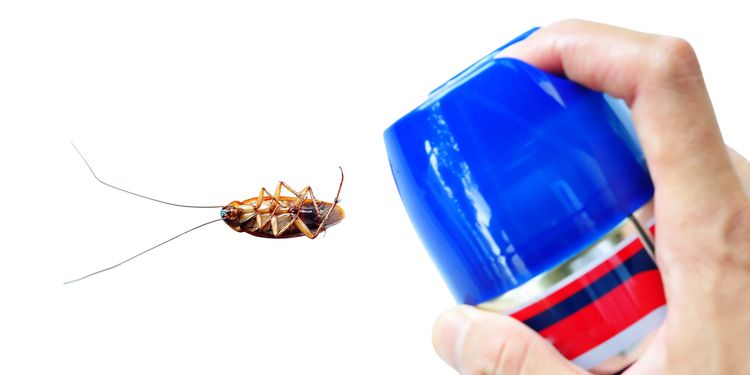
8. Pest Control
At this point, it probably comes as no surprise that household pest poisons should be eliminated from your home. Pets and small children can gain easy access to these deadly substances, and residue can mistakenly be tracked into unwanted areas. Avoid using these products altogether and opt for alternative methods.
Pyrethroids: A type of chemical poison found in products like Raid. These compounds are neurotoxic insecticides similar to those sprayed on crops. They can have neurophysiological effects on humans and interfere with the sodium channels in your body, meaning they alter brain and nerve function.42
Rat poisons: They contain substances like bromadiolone or brodifacoum that inhibit vitamin K absorption and affect blood clotting. Acute poisoning can be deadly, as these chemicals can be absorbed through the skin or inhalation. Long-term and small-scale exposures can go unnoticed. They also pose a risk of infecting secondary animals that prey on a rodent that has ingested the poison.43,44,45
Alternatives: The best way to avoid these products is to do everything you can to prevent pests in the first place. Don’t leave food out, and make sure to sweep often in areas where you eat. In cupboards, contain food in airtight jars and keep bagged items clipped closed in a sturdy box. Cinnamon, in various forms, can work very well as an ant repellent. Diatomaceous earth can also act as an insecticide but is 100% safe. Keep trash in tightly-covered containers, both inside and outside. Setting quick-kill, non-poison traps is one of the safest (and probably more humane) ways of eliminating rodents.
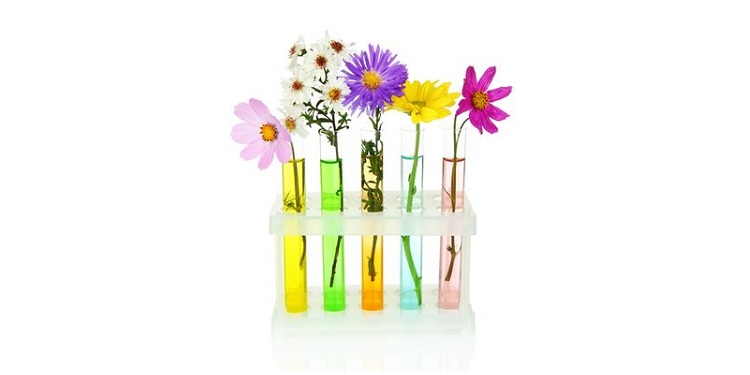
Cleaning Up Your Cleaning Products
Don’t panic. This process doesn’t have to be stressful. Start by auditing the two or three products that you use the most and go from there.
Simplify. If a product only serves one purpose, ask yourself if you could get by without it or if another, more commonly used product could do the job.
If it has “caution/danger/hazard” on the bottle, ditch it. Companies are required to put a warning label on products that contain ingredients known to cause significant harm.
Invest in a few simple household ingredients, namely aluminum-free baking soda, white vinegar, and olive/coconut oil. You’d be amazed at how simple, fun, and cost-effective most home cleaning remedies can be.
When looking to purchase “clean” or “green” products, do your homework: Don’t be fooled by marketing. Just because a product says it’s all-natural, plant-based, organic, or whatever else doesn’t mean it’s safe. There are a few apps that can serve as handy guides on the safety of ingredients when you’re out shopping. They are Think Dirty, EWG’s Healthy Living, and GoodGuide.
You don’t need to be perfect. If you come into contact with harsh products every once in a while, it’s not the end of the world. Your body is smart and wants to protect you from the occasional exposure to chemicals. It becomes dangerous when you’re constantly bombarded and don’t give yourself enough time to recover. Solid nutrition, proper sleep, and stress management can greatly improve your body’s ability to detoxify.
